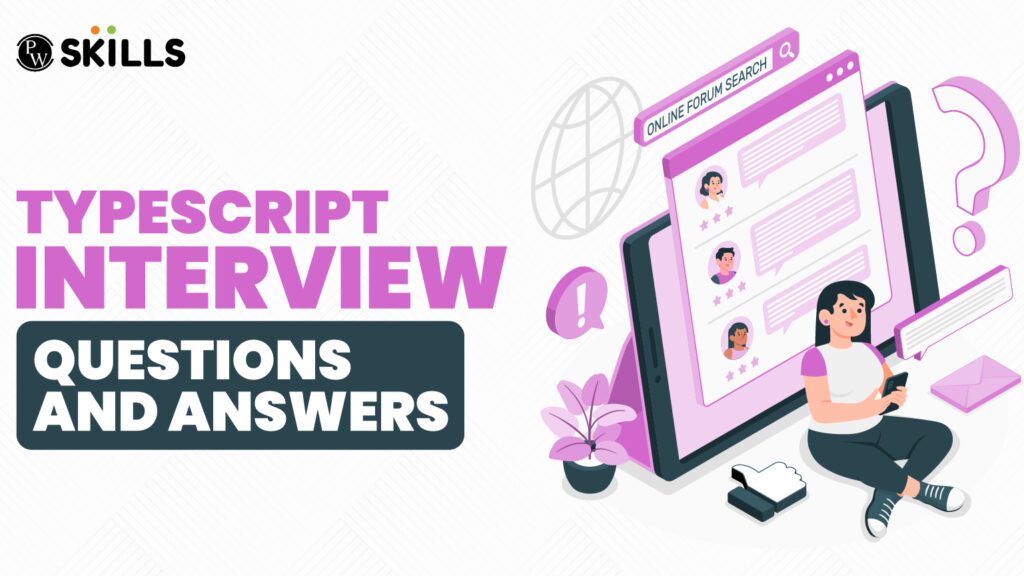Ruby on rails is a web development framework which provides tools to build and develop web applications. It helps in front end as well as backend tasks. It is an open source back end development framework with a wide range of tools and features for faster and effective web application development. In this article, we will learn more about the ruby on rails framework.
What is Ruby on Rails?
Ruby on rails is a server side full stack web application development framework also known as rails. The framework is written in Ruby language and developed under the MIT licence. Ruby on Rails is used in long term project development having complex functionalities, large traffic or transformation.
It provides a wide range of tools needed to build responsive and fully functional web applications using front end and backend. There are various features of rubyonrails. Some of the many features we will learn today in this article.
Rails Key Takeaways
- Rails is a full stack framework which is built on Ruby Programming language.
- Rails uses SQLite by default.
- Rubyonrails supports Model View Controller (MVC) architecture which provides default powerful architecture for web services and databases.
History of Ruby on Rails
The Rails framework was first released in 2004 but did not share the commit right of the project until 2005. The framework took a sharp rise in 2006 when Apple announced it will integrate Rubyonrails with MacOS X v10.5 “Leopard” which was going to release in 2007.
Rails was developed by David Heinemeier writeen in Ruby Langauge under MIT licence. The Rubyonrails version 2.3 was released in the year 2009 with some major developments in the various domains. Rubyonrails went from various upgrades from Version 1.0 (2005) to 7.2 (latest version in 2024).
Also, check How to become a web developer in 2024?
Is the Rails Frontend or Backend?
Rubyonrails is a full stack web development framework which can handle both front end as well as backend. However, it is used mainly to support backend functionalities of a web application. It is designed to handle server side logic, interaction with databases, application routing.

In front end development it supports uses of HTML, CSS, Javascript, etc for creating interactive user interface. Rails can easily be integrated with other front end frameworks to create interactive architecture.
Features of Ruby on Rails
Rails provides various features which make it a powerful web development framework. Some of the major features of Rubyonrails are mentioned below.
- Faster Development: Rails streamline web development with a number of tools and framework. It also provides its own set of libraries and tests to help developers run code easily.
- MVC Architecture: Rails follows the Model-View-Controller pattern where the model, view and pattern together maintain relationships, databases and presentation of web application interfaces.
- Active Record: This Object-Relational Mapping (ORM) layer simplifies database interactions by allowing developers to work with database records as Ruby objects.
- Routing: Rails provides a powerful routing system to define URL patterns and map them to controller actions easily.
- Migrations: Database schema changes can be managed using migrations, making it easy to version and modify the database structure over time.
- MetaProgramming: Rails uses meta programming technique to write its programs for web application development.
- Testing Framework: Rails comes with built-in support for automated testing, encouraging Test-Driven Development (TDD).
- Asset Pipeline: This feature helps manage and optimize JavaScript, CSS, and image files, making it easier to include and minify assets.
- Gems and Plugins: The RubyGems ecosystem provides a wealth of libraries and plugins that can easily be integrated into Rails applications.
- Security Features: Rails includes built-in protections against common security threats like SQL injection and cross-site scripting (XSS).
- RESTful Design: Rails promotes RESTful architecture, making it straightforward to build APIs and web applications following REST principles.
How to Install Ruby on Rails?
We need to follow a series of steps to install Rails on our system.
1. Install a version manager
You can use RVM or rbenv to manage ruby versions easily. Check the code to download both framework easily
rbenv
| curl -fsSL https://github.com/rbenv/rbenv-installer/raw/main/bin/rbenv-installer | bash
exec $SHELL rbenv install 3.2.0 # Replace with the latest stable version rbenv global 3.2.0 |
RVM
| \curl -sSL https://get.rvm.io | bash -s stable
source ~/.rvm/scripts/rvm rvm install 3.2.0 # Replace with the latest stable version rvm use 3.2.0 –default |
2. Install Node.JS and Yarn
If you do not have Node.js and Yarn on your system then it is important to install it first as Rails uses Javascript to handle various operations.
3. Install Rails
Use the following gem command given below to download the Rails.
| gem install rails |
The gem command is a way to interact with the RubyGems. But you need to ensure first that you have Ruby installed on your device. Verify the installation of Ruby using the given command.
| rails -v |
How to Check Rubyonrails Version?
Rubyonrails can be installed using the command prompt. Either use the ‘Run’ command prompt on Windows or ‘Terminal’ app on macOS. First check whether you already have Rubyonrails installed on your device or not.
| $ ruby – – version |
If the framework is installed it will display you the version available on your device.
Benefits of using Rails
Ruby on Rails is a powerful web development framework with many benefits.
- Rails is a faster web development framework which allows developers to build web applications quickly.
- Rails comes with integrated built in tools used in backend development as well as front end development.
- Rails encourages RESTful architecture which facilitates the development of APIs and web services.
- Rails save you money as it is an open source platform with multiple features available for free.
- It is easier to update and manage rubyonrails framework.
- Rails provide a large community with experts and professionals sharing their knowledge. You can easily fetch resources, latest updates, etc.
- Ruby provides an extensive library support with a vast number of tools to deliver features in less time.
Learn Full Stack Development with PW Skills
Become a certified web development expert with our Full Stack Web Development Course especially curated for beginners as well as working professionals. Learn everything from scratch, master advanced front end and backend tools and framework, and much more.
This 6 month online upskilling program provides latest industry specific curriculum, practice exercises, doubt clearing sessions, module level assignments, real world projects and interview opportunities only on pwskills.com
Ruby on Rails FAQs
Q1. What is Ruby on Rails?
Ans: Rails is a full stack web application development framework with a variety of tools, built in testing, MVC controller and other features to help in faster front end and back end development of web applications.
Q2. Is Rubyonrails available for free?
Ans: Rails is an open source framework used by plenty of web developers in application development.
Q3. Is Ruby on Rails backend or front end?
Ans: Ruby on rails consist of tools and features which support front end and back end development. But It is more of a backend framework with built in tools for database management, built in testing, server side logic, application routing, etc.
Q4. What language is rubyonrails?
Ans: Rubyonrails is a server side web application development framework written in Ruby programming language.







